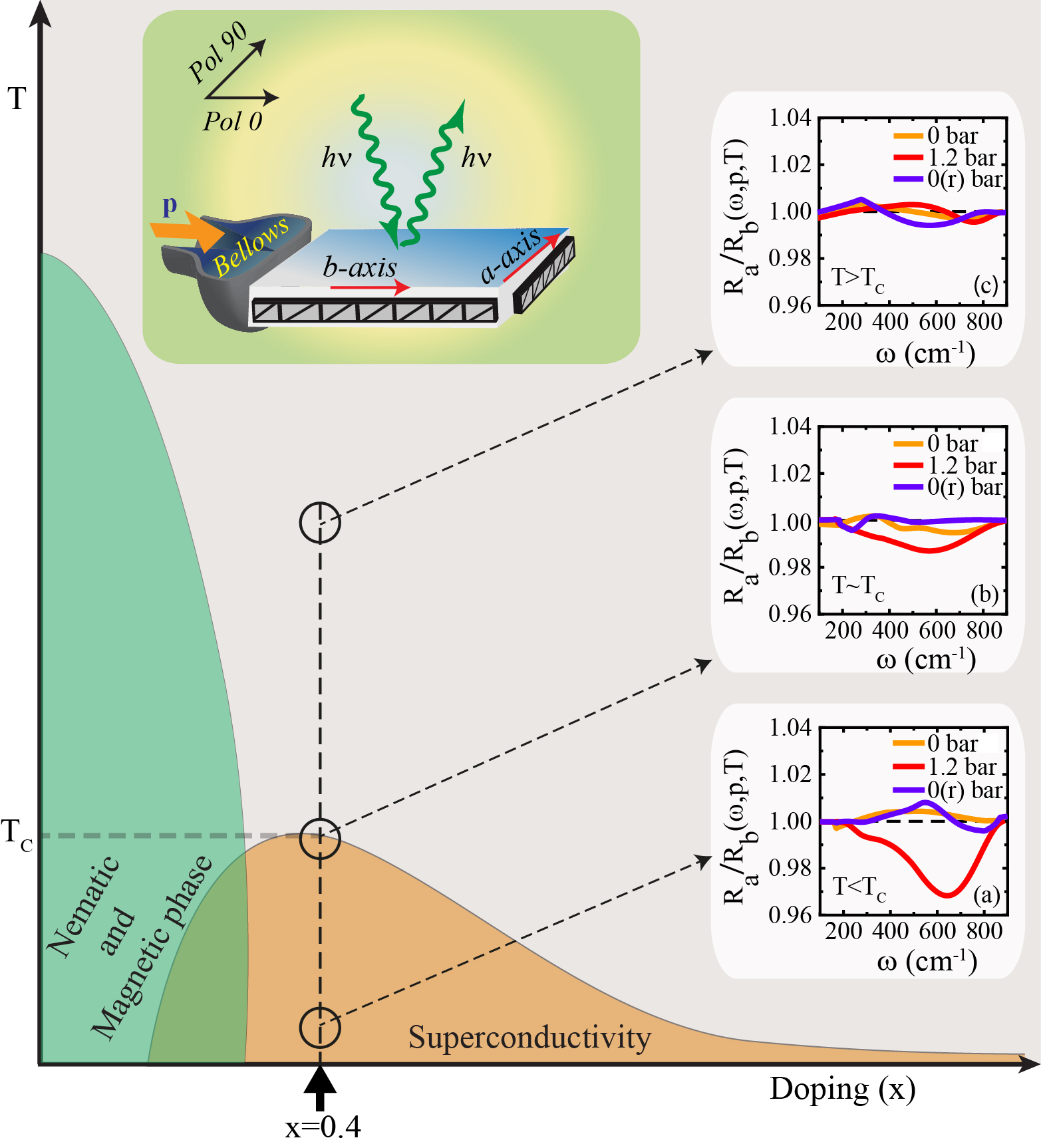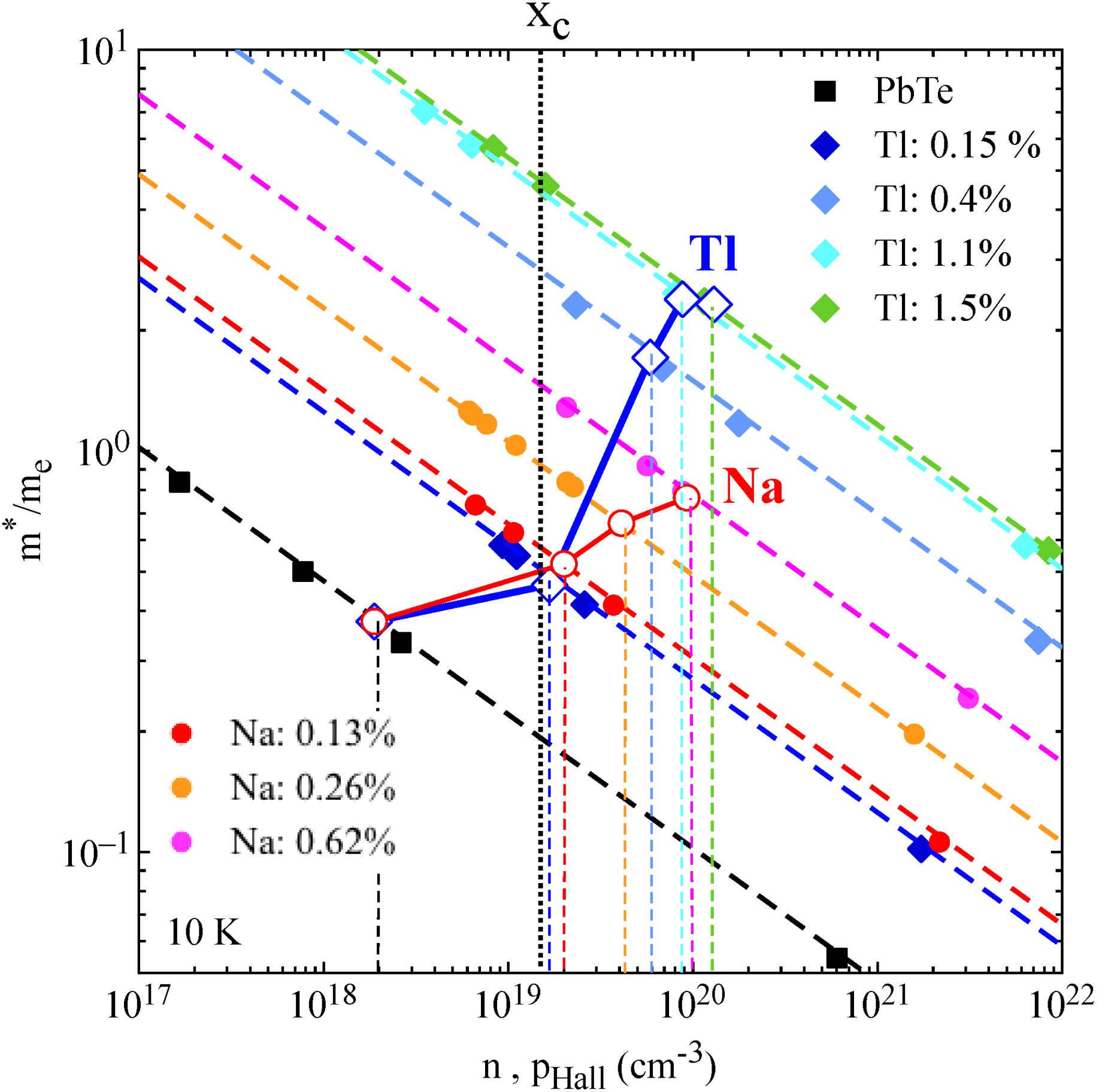Highlights 2019
Optical anisotropy in optimally doped iron-based superconductor
The divergent nematic susceptibility, obeying a simple Curie–Weiss power law over a large temperature interval, is empirically found to be a ubiquitous signature in several iron-based materials across their doping-temperature phase diagram. The composition at which the associated Weiss temperature extrapolates to zero is found to be close to optimal doping, boosting the debate to what extent nematic fluctuations contribute to the pairing mechanism and generally affect the electronic structure of iron-based superconductors. We performed a comprehensive optical investigation of the optimally hole-doped Ba0.6K0.4Fe2As2 over a broad spectral range, as a function of temperature and of tunable applied stress, which acts as an external symmetry-breaking field. We show that the stress-induced optical anisotropy in the infrared spectral range is reversible upon sweeping the applied stress and occurs only below the superconducting transition temperature. These findings demonstrate that there is a large electronic nematicity at optimal doping which extends right under the superconducting dome.
Related paper
Optical evidence of an enhanced electronic effective mass in the anomalous Pb1-xTlxTe superconductor
We provide evidence for a substantial enhancement of the optical effective mass of the itinerant charge carriers in thallium (Tl) doped PbTe, a prototype thermoelectric system, and advance its relevance for the onset of superconductivity. The narrow band-gap semiconductor PbTe exhibits a number of striking properties upon Tl-doping, including the onset of superconductivity at temperatures that are substantially higher than for materials with equivalent charge carrier concentration. This work describes novel results of reflectivity measurements from the far-infrared up to the ultraviolet that probe the optical response as a function of temperature of the title compound and contrast its normal-state, complete excitation spectrum with the optical response of the non-superconducting analog Na-doped PbTe. We capture the relevant energy scales shaping their electronic structure and uncover the formation of an impurity band upon doping with Tl, which evolves into a resonant state for large doping. These results imply in principle the intriguing possibility that superconductivity may be the consequence of the pairing of 'heavy' quasiparticles residing in the resonant states. The formation of the resonant band is very much associated with the valence skipping nature of the Tl ion and its origin could be related to the scenario based on the charge Kondo model, as originally conjectured for transport data.


